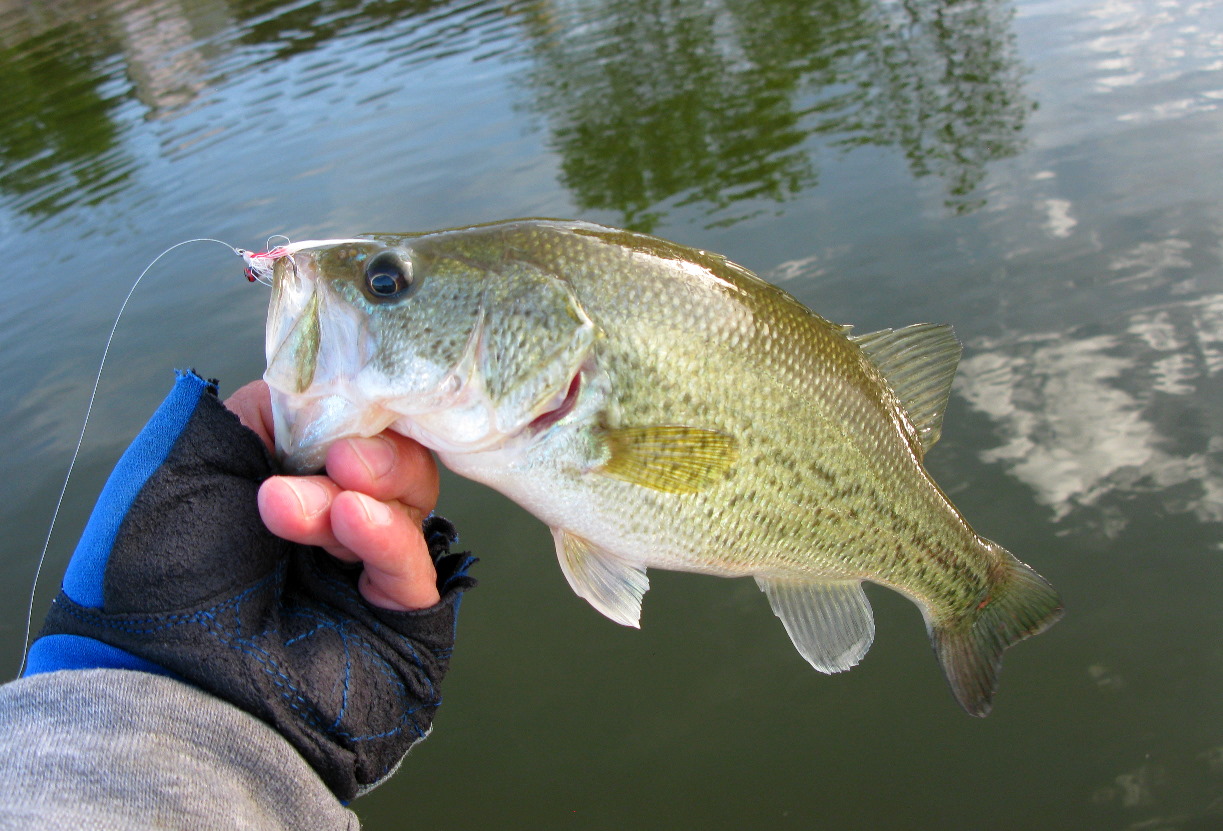
It is a fact that bowfins only live in areas where the water is healthy, which is similar to American Surgeons. Their availability speaks volumes about the underwater ecosystem’s health. If you find a vegetated area that is quite enough, be it on a backwater or bog on a pristine, you should focus on a dense channel cutting through the swamp or the area closest to the main river. Deeper waters seem to be appealing to these fish. You are hardly going to find them in open water. Their preferred habitat is abundant in vegetated sloughs, lowland lakes and rivers, swamps, and backwaters.īowfins require heavy salad to spawn, and they also love ambushing and hunting in weeds and grass. Irrespective of the aesthetics of their aboard, the waters all share the common trait of heavy vegetation. If you target them in these areas, you must follow the flow to create a roadmap to where the water is not flowing at all or very little.īowfins can thrive in amazingly clear rivers and lakes to the nastiest and muckiest swamps. This air-breathing fish species thrives in tidal systems and rivers. The bowfin fish are found in North America’s sluggish waters from the Great Lakes down to the Gulf. The bowfin fish species always put up an intense fight for anglers they are considered game fish to many. They are abundant in the Missippi river drainage basins, the great lakes, and various waterways in the Eastern coastline of the Gulf of Mexico. Today, their range is mostly in the eastern United States and southern Canada. Bowfin fish are often referred to as a “living fossil.”įossils indicate that Amiidae members were once widespread in both saltwater and freshwater ranging across North and South America, Asia, Europe, and Africa. It is part of the Amiidae family and is the only living representative of the order Amiiformes, which is traced back to Jurassic times. It’s an unrecognized freshwater species that has existed since primordial times. Many people believe their nickname “mudfish” references their taste, but it refers to the particular places they live.

Choupique is a cajun-french name originating from the Choctaw word for bowfin. Other common names for the amia calva fish are beaver fish, blackfish, cottonfish, cypress trout, freshwater dogfish, grinnel, grindle, mud pike, mudfish, Choupique, and swamp trout.

It is a voracious and slimy creature that has a mouth full of sharp teeth. The bowfin fish (Amia calva) has lived alongside dinosaurs and is currently thriving in eastern North America’s backwaters.


 0 kommentar(er)
0 kommentar(er)
